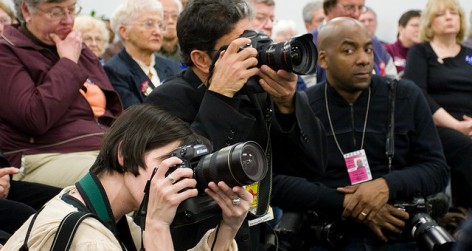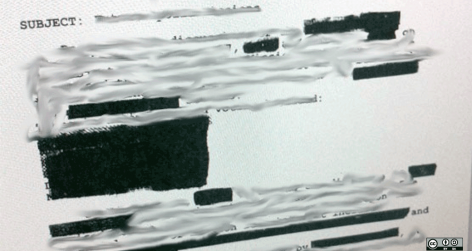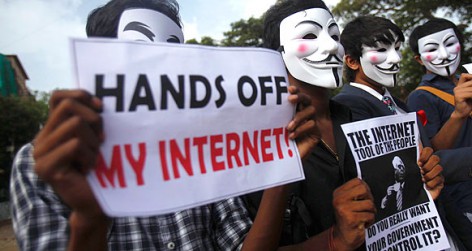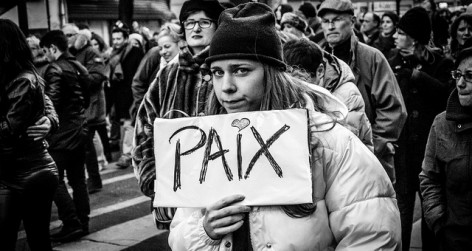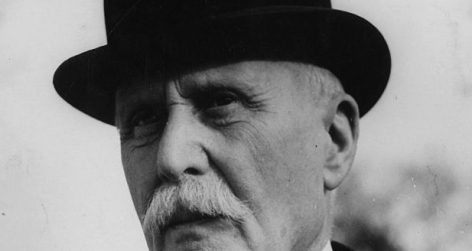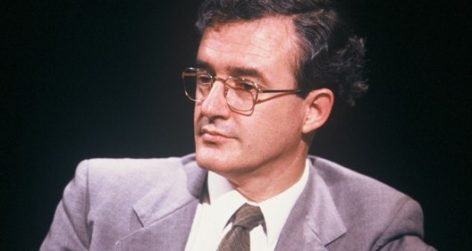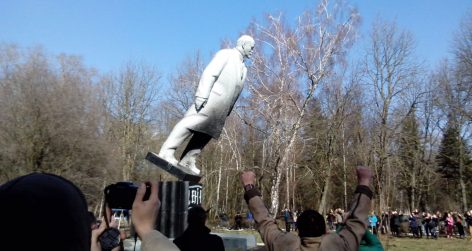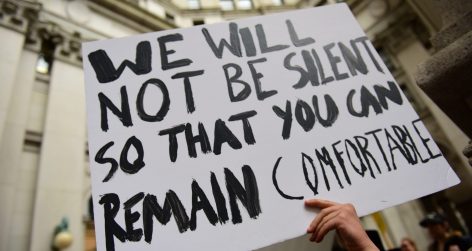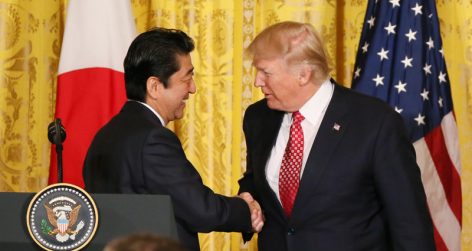In the case of McCullen v Coakley, the US Supreme Court issued a landmark ruling about restrictions on speech around abortion clinics. Max Harris explains.

The case
This case was about whether a Massachusetts law, the Massachusetts Reproductive Health Care Facilities Act, violated the First Amendment to the US Constitution. The law prohibited any person from “knowingly enter[ing] or remain[ing]” within a 35 foot radius of a reproductive health clinic in Massachusetts, with some exceptions for employees, law enforcement, and others. In effect, it created a ‘buffer zone’ around clinics that carry out abortions, in an effort to protect those seeking abortions.
The petitioners in this case – those taking the case – were people who “approach and talk to” those having abortions to try to dissuade them from having an abortion. They were described as individuals doing “sidewalk counselling” – although there was no evidence that they were trained counsellors. They claimed that the buffer zone legislation hampered their counselling efforts and, more broadly, their freedom of speech.
In 2014, the US Supreme Court struck down the law in a decision of surprising unanimity – a 9-0 decision – although two conservative Justices (Justice Scalia and Justice Alito) issued rulings in which they dissented in part. The main judgment was written by Chief Justice Roberts. The judgment overturned lower court decisions that had upheld the Massachusetts law.
Chief Justice Roberts recounted the standard principles that apply in First Amendment cases in the United States of America. The government has a “very limited” power of regulation and any law is subject to a three-part test. First, a court must determine whether a law is neutral in regards to the content of speech or expression. If it is found not to be neutral, the court applies a higher standard of ‘strict scrutiny’ to the law; if the law does not discriminate between viewpoints, a lower standard of scrutiny applies. A court then proceeds to the second part of the test, where it asks: is a law narrowly tailored? Thirdly, the court asks: were there ample alternative channels of communication?
The Supreme Court’s decision – which emphasised that these “counsellors” were not protesters, and that the sidewalks that they worked in occupy a “special position” in US case law – found that the law was content-neutral. Neither the exemption for employees nor the focus on the location of abortion clinics violated precepts of neutrality. However, as for the narrow tailoring of the law, Chief Justice Roberts found that the law stopped “counsellors” from having “personal, caring, consensual conversations”. It prevented them from putting literature into the hands of those seeking abortions, and may have forced them to raise their voices. The Chief Justice did not accept that other legislative methods would be impracticable. Accordingly, he struck down the legislation.
In a dissenting decision, Justice Scalia expressed disagreement with the view that the law was content-neutral, and pointed out that the Court had split internally 5–4 on this question. He suggested that the exemption allowing abortion clinic employees to enter the buffer zone gave an advantage to pro-abortion advocates. Justice Alito employed similar reasoning. Both agreed that the law should be struck down, but would have gone further and said that the law was not content-neutral.





